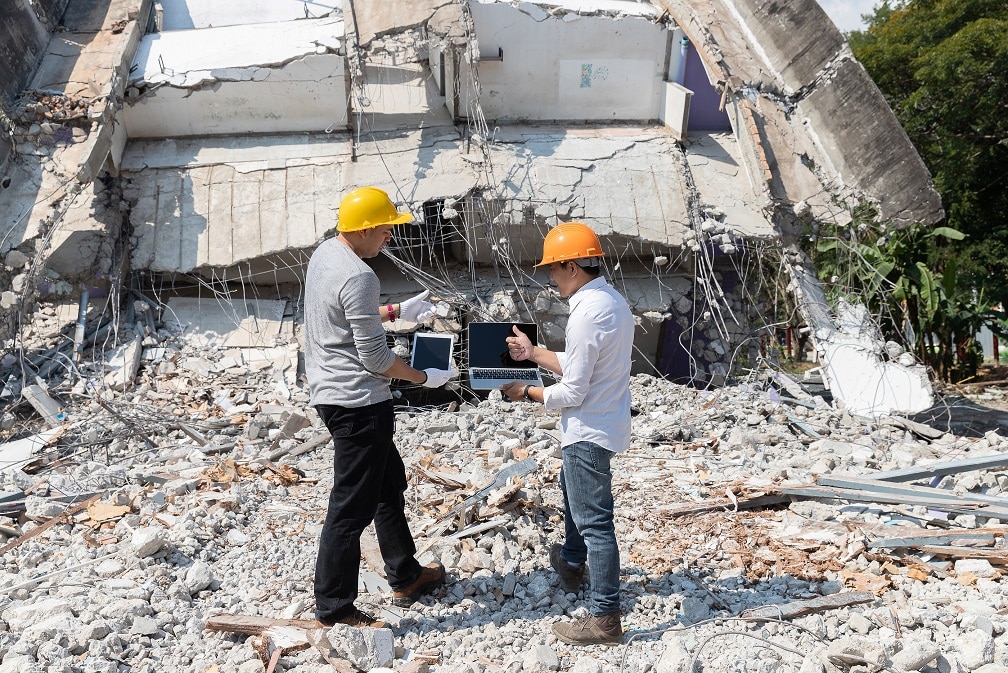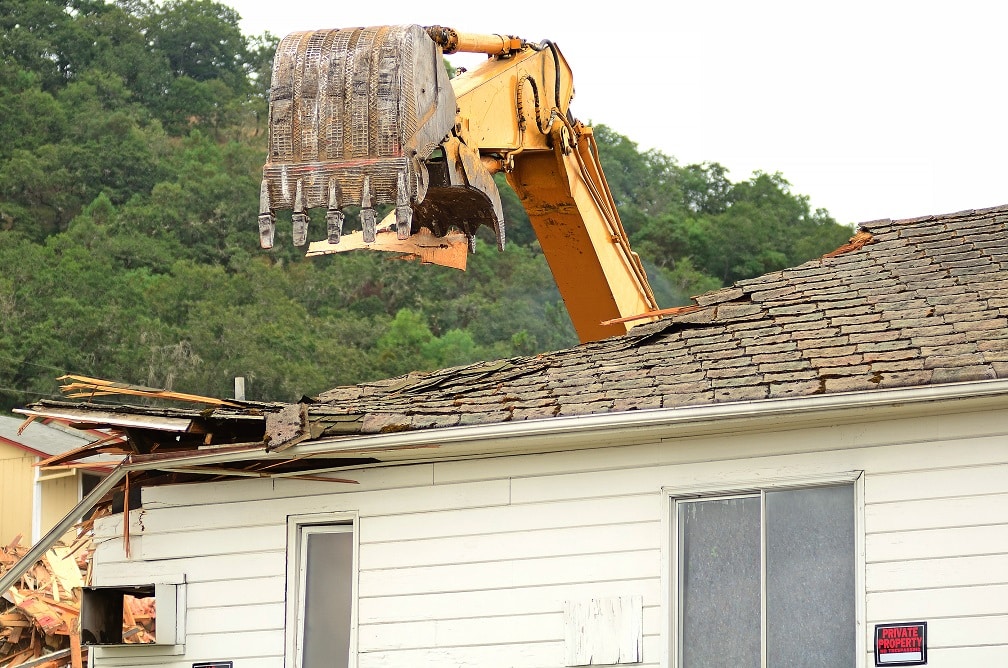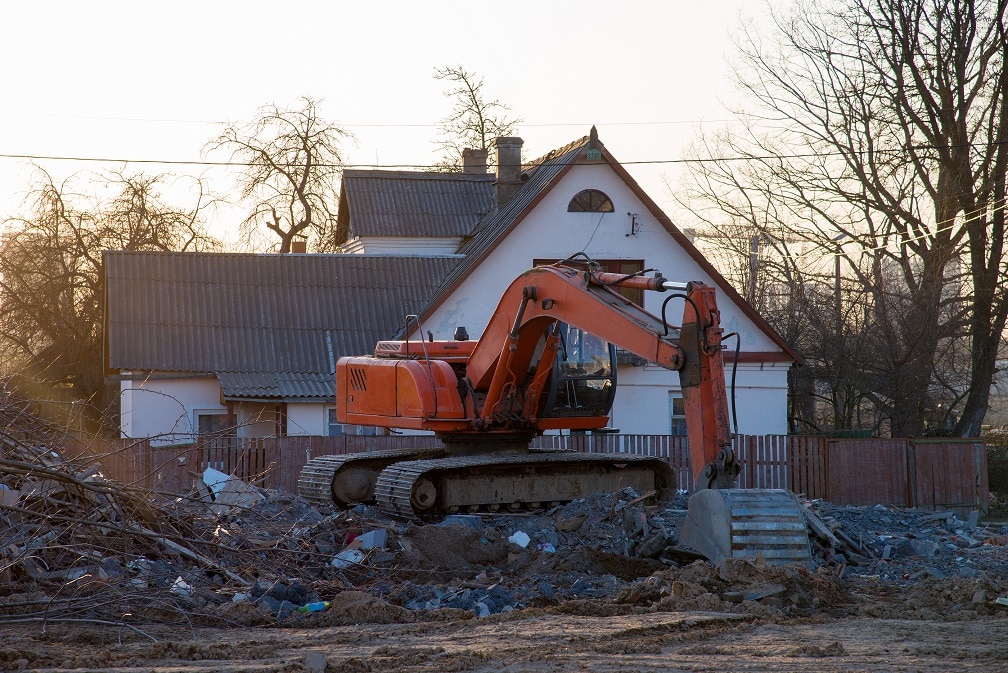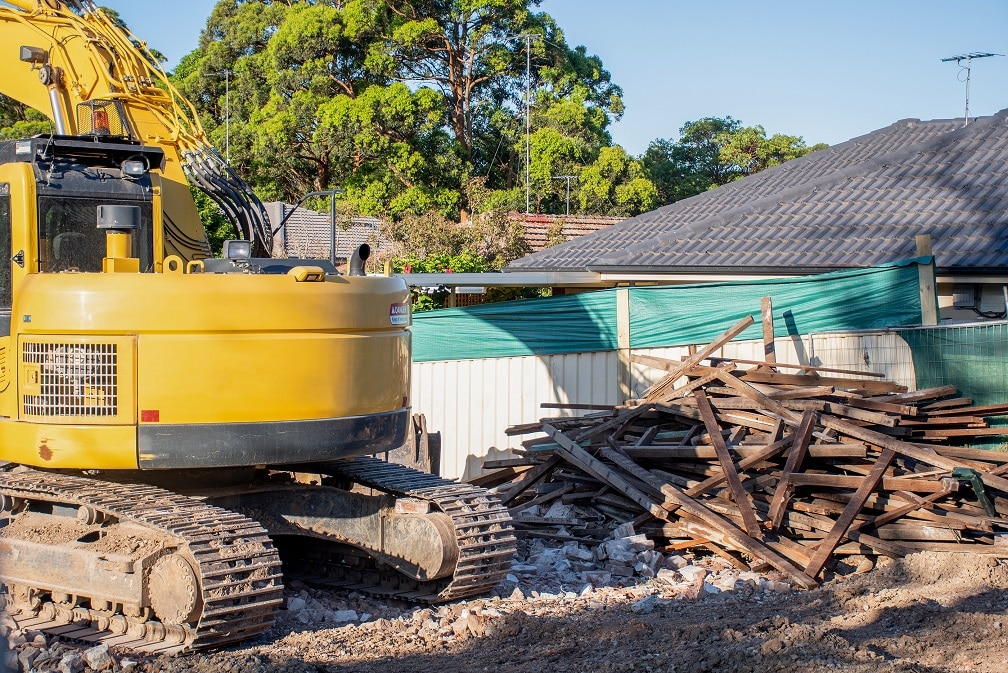Demolishing a structure is often referred to as the reverse of construction and presents construction workers with particular challenges. Demolition involves hidden risks such as chemicals hidden within the buildings like asbestos, the unknown weakness or strength of materials. Many of these risks associated with demolishing a structure can be avoided through appropriate safety planning, demolition sequencing, and task coordination.
The planning covers aspects such as identifying the demolition methods to be used, appropriate worker training, having the necessary equipment, using required personal protective equipment (PPE), and suitable process monitoring. A critical step entails carrying out a structural and engineering survey of the building to be brought down.
Planning is among the first steps that need to be taken if accidents are to be avoided on a demolition site. It ensures demolition workers take all the necessary safety measures. Before any demolition begins, you need to get an Engineering Survey Report. When the process of demolition starts, various activities will require additional safety preparations.
Identifying the Hazards and Risks
Demolition personnel are exposed to many hazardous materials and risky conditions. Although the demolition contractor may be more concerned about employees’ safety, the safety of the general public and other properties must not be overlooked.
A critical step in the process of risk management is to identify the dangers and risks associated with demolition work. Though they are many examples, these include:
- Unplanned structure collapse
- Falling objects and loosened material
- Falls from different levels
- The location of essential services (above and underground)
- Exposure to dangerous materials/chemicals
- Hazardous noise from equipment and explosives used
- Proximity to other structures.
Risk assessment assists in determining the type of control measures that you should implement. Equally important is continuing documentation of the demolition work by a competent person. Employees should never be permitted to work on a demolition site unless they have been fully trained and equipped suitably.
Only Use Trained and Experienced Personnel
No worker should be allowed access to a demolition site unless they have the necessary experience that includes all aspects of demolition work. It’s critical that each employee knows and understands the specific equipment to be used and the required protective gear to be worn. Only experienced and trained employees should be allowed to handle explosive tools and other dangerous materials.
Besides, demolition managers should have daily checks to ensure that each employee is wearing the required protective equipment. Daily and routine monitoring of the entire process minimizes the odds of injuries throughout the process of demolition.
Safety and Personal Protective Equipment (PPE)
Safety must take precedence over all matters during demolition, and it must be done in compliance with specific rules and regulations. Requirements and regulations can vary by state or depending on the particular demolition project. Therefore, it’s prudent to do your due diligence to identify the specific applicable state and federal requirements for your project. In general, however, Personal Protective Equipment (PPE) includes masks, hard hats, work boots, and gloves.
Workers have the responsibility of care for their own safety and health, and that of the general public. Workers must comply with set demolition rules/regulations and adhere to government demolition procedures/protocols. This includes wearing suitable Personal Protective Equipment at the workplace.
Required Personal Protective Equipment (PPE) standards can vary, contingent on the specific demolition project, state/federal rules, or a client’s specific needs. As a bare minimum, demolition workers must wear 5-part PPE at all times on site. The 5-Part PPE covers hard hats, safety gloves, safety goggles, boots, and high-visibility jackets.
Noise Management
Demolitions often cause high levels of noise, exceeding the safe hearing requirement. The noise is caused by the use of machinery, explosives, or other tools. For health and safety, the noise should be controlled with noise barriers, equipment modification tools, and worker protection. Sometimes, you may need to combine the use of hearing protection and controls for proper protection.
Engineering controls may entail physical changes to the demolition site, such as constructing barriers and redesigning the equipment to reduce noise sources that reach the worker or the general public. If noise levels cannot be reasonably reduced using engineering or substitution controls, the next strategy maybe reduce exposure through administrative controls. An employer may, for example, change employee’s work schedules to avoid excessive and continuous noise exposure.
Dust Control
Demolishing structures create large volumes of dust. The process of breaking up concrete and other types of materials such as drywall releases dust into the atmosphere, exposing workers and the neighborhood to harmful substances such as silica and asbestos. These types of exposures can be reduced drastically through engineering controls like wet methods. When such exposures can’t be reduced safe levels through administrative and engineering controls, the demolition workers should wear appropriate respirators whenever necessary.
Cleaning up Demolition Debris
Debris can be dangerous for both workers and people passing or living near the site. Cleaning up the area as soon as the work is done is essential, and it can be a dangerous stage. The workers need to be trained in all aspects of debris removal and personal care. This includes wearing work boots, masks, hard hats, and gloves when cleaning up.
Planning waste streams forms a critical part of the demolition risk assessment process. The control measures deemed necessary are then selected to ensure suitable site techniques are adapted. These may include waste segregation and safe containment of the different types of materials. You should also ensure you have contingency plans at this stage about what can be done to minimize the risk of harm in the event of a potential spillage or other accidental release.
Conclusion
Safety must always be at the forefront of all demolition work. Ensure that all demolition employees are appropriately trained, equipped and wearing proper gear such as work boots, masks, and gloves during the entire process of demolition. Most importantly, ensure that only authorized personnel are present during the demolition work. In general, although demolishing a structure can be risky and dangerous, with proper care, it can be safely done without any injuries or accidents to either the workers or the general public.





